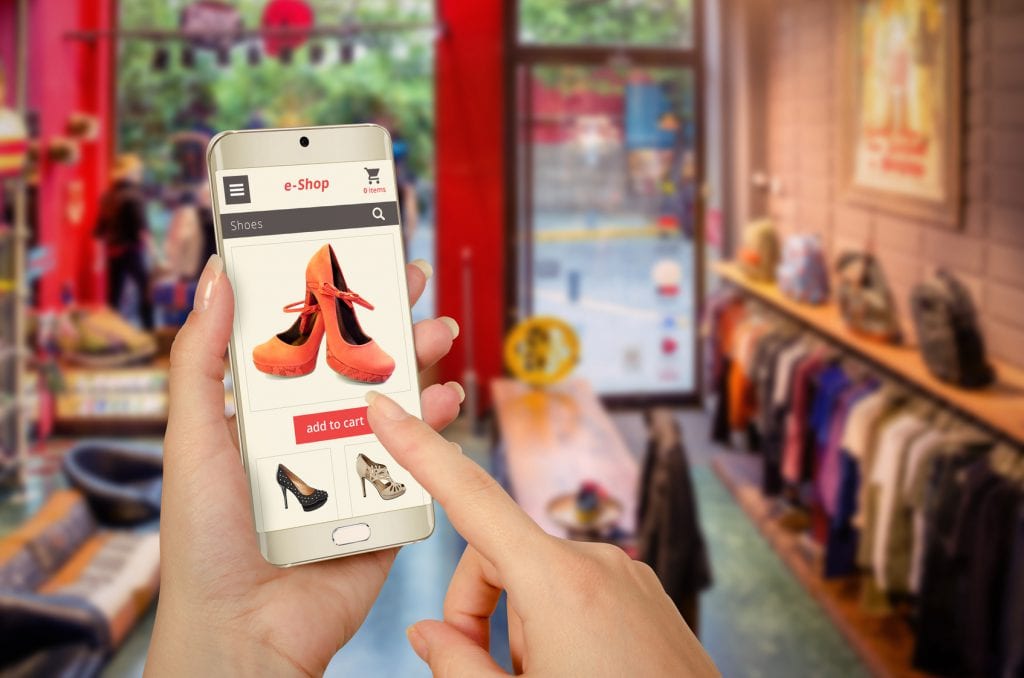Smaller may be better in retail as Mastercard and its partners may learn in a New York City concept store. As the following article reports, Mastercard is participating in a new store format as part of its Internet of Things (IoT) business.
Mirror on the wall, who’s the finest payments stock of them all?
Mastercard is making the case for itself at a new concept store in Manhattan’s Soho neighborhood. On Monday, Barron’s Next toured The Next Big Thing shop to see some of the retail payment technologies that Mastercard has been working on. Mastercard is the latest payments company to see value in showcasing its new tech in a physical store.
Before even entering the store, which is open to the public through Oct. 12, you’re greeted by a large touchscreen that allows you to browse and purchase from the store’s inventory even after the store has closed. Company representatives told us that “the 21st century version of window shopping” could help stores make use of their expensive real-estate 24/7. It’s part of Mastercard’s newly launched Internet of Things business line. The company sees plenty of opportunities to “transform the physical-store environment,” says Stephane Wyper, Mastercard’s senior vice president of new commerce partnerships. And given the troubles that retailers have been having amid the shift to e-commerce, companies might be willing to try pretty much anything: magic mirrors included.
Mastercard’s most intriguing Internet of Things concept was a “smart mirror” intended to liven up even the most ordinary fitting rooms. The mirror, which has virtual buttons outlined in the glass, scans the tag of items you bring in. You can then request more sizes, see matching items, and pay for it all directly from the mirror. Wyper says the smart mirror should improve the chances that shoppers actually buy the things they bring into the fitting room.
Some retailers such as Nordstrom and Bonobos are trying stores that feature samples but no take-home merchandise. Customers simply try on, order, pay, and receive delivery at home. Retailers benefit with less space, staff, and inventory. Now Mastercard enters with this virtual reality-type display mirror that is also an IoT device. It shows individual clothing options, then takes an order and accepts the payment. Video displays are becoming more common in brick -and-mortar retail, but this concept store takes the customer experience and payment process to the next level.
Overview by Raymond Pucci, Associate Director, Research Service at Mercator Advisory Group
Read the full story here
